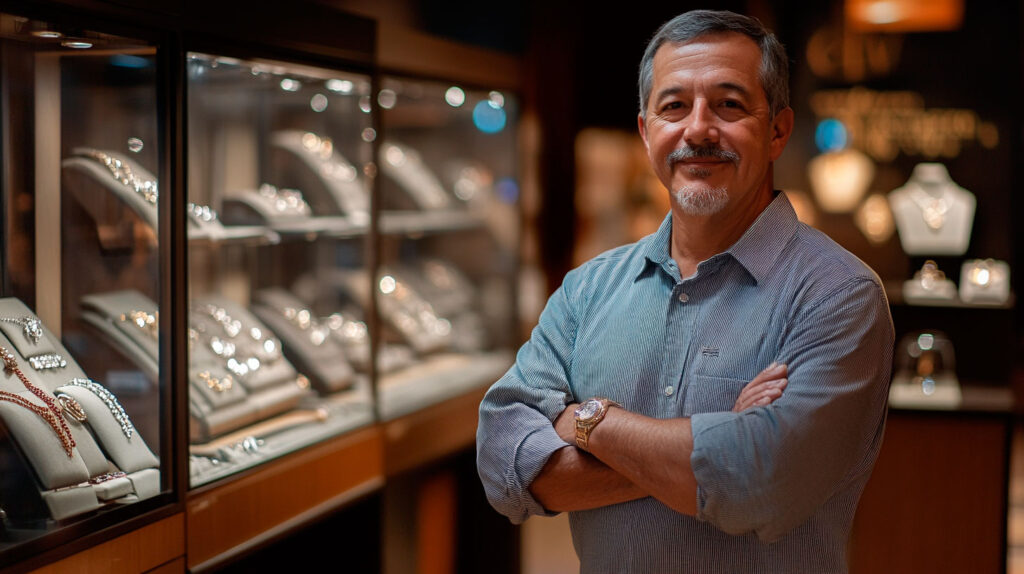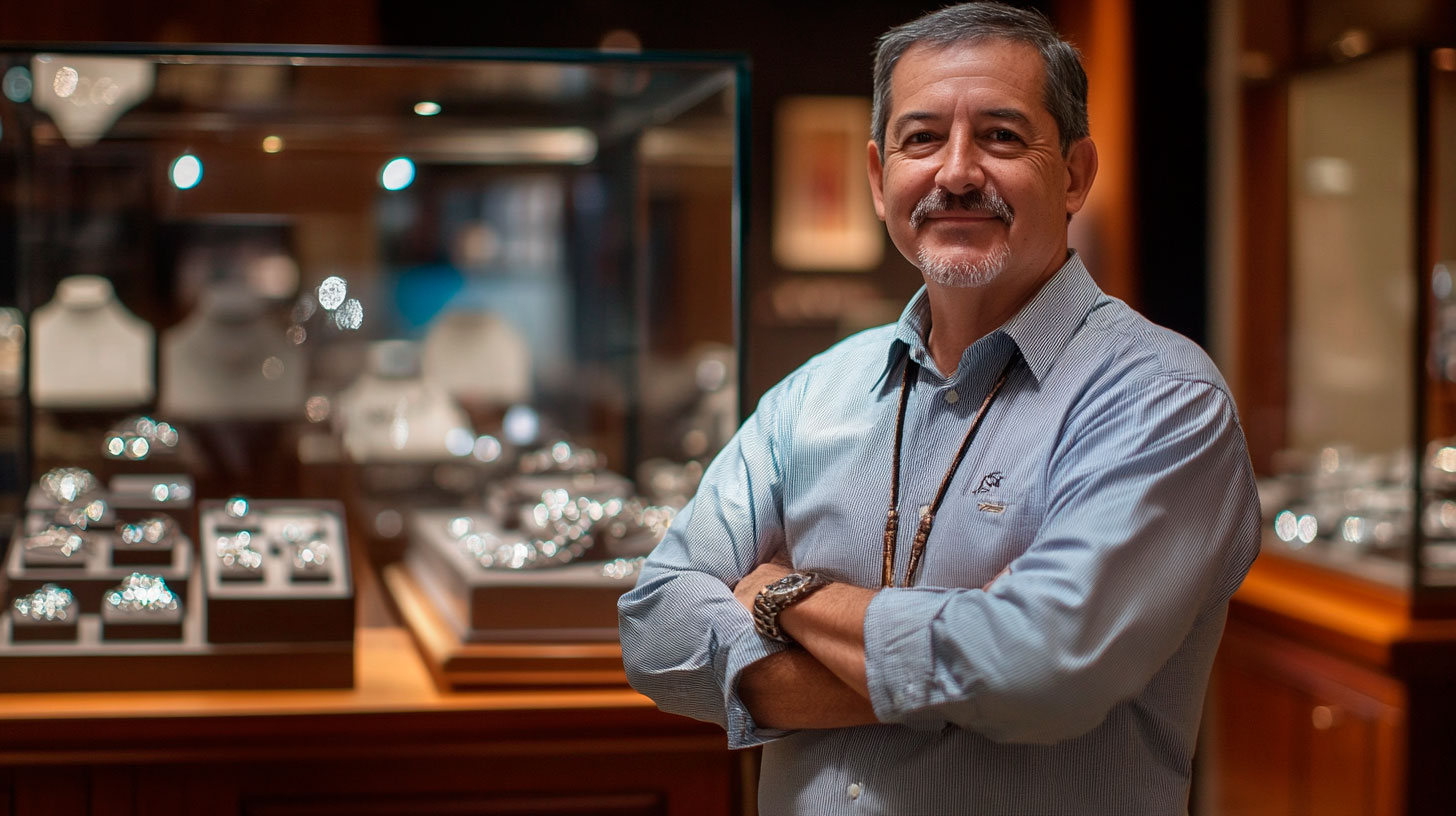Alexander Ostrovskiy: Rare colored diamonds
In the glittering world of gemstones, where light dances and fortunes are made, there is a realm of unparalleled wonder and value: colored diamonds, particularly those that are shaded in shades at a very low frequency. These gems are conceived in the bowels of the planet; even their appearance would fascinate people due to its rarity and costliness. Today, with the help of Alexander Ostrovskiy, we will touch upon one of the most intricate topics, the appraisal of colored diamonds in which science and art are intertwined, and a single diamond can cost more than several small European countries.
A Palette of Possibilities
I’m sure all of you at one time have dreamed of holding a rainbow right in your hand. That is the appeal for coloured diamonds. They range from blue steel, which is somewhat reminiscent of the blue of the night, to pink steel, which is reminiscent of the best sunset. Beautiful women were painted there but not only beautiful: give some paint the same or even greater beauty – but it cannot be as rare as that woman.
Amelia Thornton, a New York based gemologist says, “When it comes to colored diamonds, we are actually discussing the real jewels.” If one is to consider the frequency of the appearance of fancy colored diamonds out of 10,000 colorless diamonds you may be lucky to find one fancy colored diamond which may be likened to finding a unicorn amidst horses.
It is because of rarity that they are valuable, but it is still a very long way from the actual process of valuation, which includes both straight thinking and an aesthetic appreciation of a color.
The Four Cs… and Then Some
We’ve all heard of the four Cs of diamond valuation: four factors known as the four Cs: cut, clarity, color and carat weight. However when it comes to colored diamonds it is a very different cup of tea. Color management reaches its extremes as far as grading itself becomes a subject of evaluation.
‘In the coloured diamond space, we’re not talking about the degree of clarity or the lack of color in the stone,’ says Thornton. The thickness, the spread, and the shade of the color are all things we’re doing now, I think the control has increased to another level.
They use a number of descriptive terms that fall within the color grading system such as Fancy Light, Fancy Intense, and Fancy Vivid; terms that can easily affect the value of the stone. A one-carat Fancy Vivid blue diamond is known to be valued at ten times the price of a one-carat Fancy Light blue diamond of similar dimensions.
The Psychology of Color
It is not only about technical grades, they are also relationships. Most of the concepts presented in the paper suggest that the human factor is critical in appraising such valuable assets. IO for color differs drastically between different cultures and markets thus implying that demand and price same can differ significantly.
Liam Chen, a diamond trader based in Hong Kong believes that in Asia, people prefer the use of bright yellow and orange colors. ”These colors are nicely linked to the concept of luck. The only difference is that the western market is obsessed with blue and pink colors.
This cultural aspect further complicates the valuation process. A stone that could be bought very cheaply in one market may then belong to a collection of stones which may fetch a higher premium than the conventional methods of valuation could estimate.
The Rarity Factor: When Scarcity Meets Desire
There are different shades of color in diamonds, and some of such colors are harder to come by than others. For example, the red diamonds are extremely rare that an experienced gemologist will hardly deal with this stone during his whole working practice. Taking into account this extreme rarity, an investment schist is worth astronomical figures.
When you’re doing business with a red diamond, then what you are doing is valuing the unattainable, Thornton fancy to say. “So, how you assign a price tag to something that should not be around in the first place, is like putting a price on a shooting star.”
This is where the fine skills of valuation come into play. Antiquarian auctioneers and leading jewelers occasionally enter virgin territories which are hardly backed up by substantial prevailing statistics, the demand of collectors propels prices to rocketing levels.
The Celebrity Factor: When Diamonds Become Legends
This goes to show that apart from the diamond’s attributes, the history and origin of the said diamond are also factors in the diamond’s value. Scarl scope of diamonds which have an interesting story or historical background linked with celebrities, for example, can cost far more than an estimated value.
Consider, for example, the widely known Hope Diamond and its brilliant blue color accompanied with a curse. Or the pink star, which is a 59. Pink diamond, 60 carats in size, which set a record by being sold for $ 71.M 2 million in 2017. So these stones are not only valuable due to their characteristics but because of the narratives associated with them and that they are legends.
‘When you’re valuing a stone with history, there are times you’re not just an appraiser: you’re part historian, part storyteller,’ admits Eduardo Valdez, whose career has taken him to most of the country’s prominent auction houses. “You are marketing to the dream of the person who wants to own a part of history let alone the beauty of the gem.”
Technology and Tradition: The Evolving Art of Appraisal
Like every other thing, technology is rapidly revolutionizing the pricing of colored diamonds. According to current technology, it is possible to purchase highly developed spectrophotometers capable of receiving color images and outlining the tiniest details which are beyond the recognition of even the human eye.
But do not think that the human factor will one day be removed from the business. This is a clear stand that Thornton takes when he boldly avows that, ‘‘technology is a tool, not a replacement.’’ Being able to produce data is a valuable feature, but knowing what that data means in the market, what it results in, and what will likely happen next still needs a person’s touch.
This combination of state of the art technology and traditional know-how results in a unique form of business valuation that is almost clinical in its method yet sublimely individual in its penetration. It is to a certain extent quantitative, a tangible asset which is valued according to the market criteria such as the current tendency, or the request of the target segment of the prime customers – the wealthy people.
The Investment Angle: Colored Diamonds as Portable Wealth
Recent years, unconventional colored diamonds have attracted not only the attention of those who appreciate beautiful gemstones, but also the trust of investors. This is especially true from the perspective of the investors as they offer huge value for their compact size besides the possibilities of getting appreciation in the near future.
Chen also had this to say: ‘Think about it.’ ‘You can carry millions of dollars in your hand and it is portable and it is beautiful and has been very, very appreciated often.’ For some investors more is the merrier – it’s the perfect storm.
However, such an investment view brings another dimension into the valuation process that we have to consider. Currently, it is not only necessary to look at the proper estimation of the building and the current fair market value, but also the appreciation that is expected. To excel in this line they have to be equally half gemologists, part financial wizards who are supposed to read trends and risk factors in a world motivated by scarcity and passion.
The Ethical Dimension: Valuing More Than Just the Stone
Market purity of the present day concerned consumers is making it difficult for objects to be appreciated by their physical attributes and scarcity. Ethical sourcing and sustainability have become core aspects of valuation over the last few years.
‘Today’s buyers and especially the younger ones, seek to understand why a particular stone was used,’ Valdez said. ‘They want to know that it is not going to incur conflict, that it was mined properly. Such origin can impact the value of diamonds a lot.’
Source: https://ostrovskiy-alexander.co.uk/about
This ethical dimension has necessitated the invention of technologies such as the block-chain technology to trace a diamond from when it was mined. It has introduced new features for assessment, all of which are important as ‘ethics’ of the stone, in addition to color and clarity ratings.
Conclusion: The Endless Fascination
As we have found, evaluation of rare colored diamonds is far from a mere action and could be considered much more. It is a blend of rationale which involves some element of professionalism, practicality and creativity in proportion to organizational culture as well as personal assessment and perceived value. It is a sector in which a shade in the color can translate into millions of currency, a sector in which the consumer culture determines market standards or niches, and where the histories inherent in the stones could be as much worth as the gems themselves.

To those in the showbiz like Thornton, Chen or Valdez, it is such a fascination forever. “Every stone that we see has a story behind it,” Thornton says. ‘Every single one of them is different, it is one in a billion, one in a trillion, a miracle of nature,’ he said, ‘Placing a price on that? That I tell you is hard, it’s thrilling, and it’s always an experience.’
Finally, it may be for this reason that people have always sought after these rare coloured diamonds. Besides their values and demand for investment they symbolize the highest degree of creation from nature – something unique, something beautiful and something endlessly fascinating. In a world where people tend to wake up, work, eat, sleep and do the same monotonous routine over and over aga

